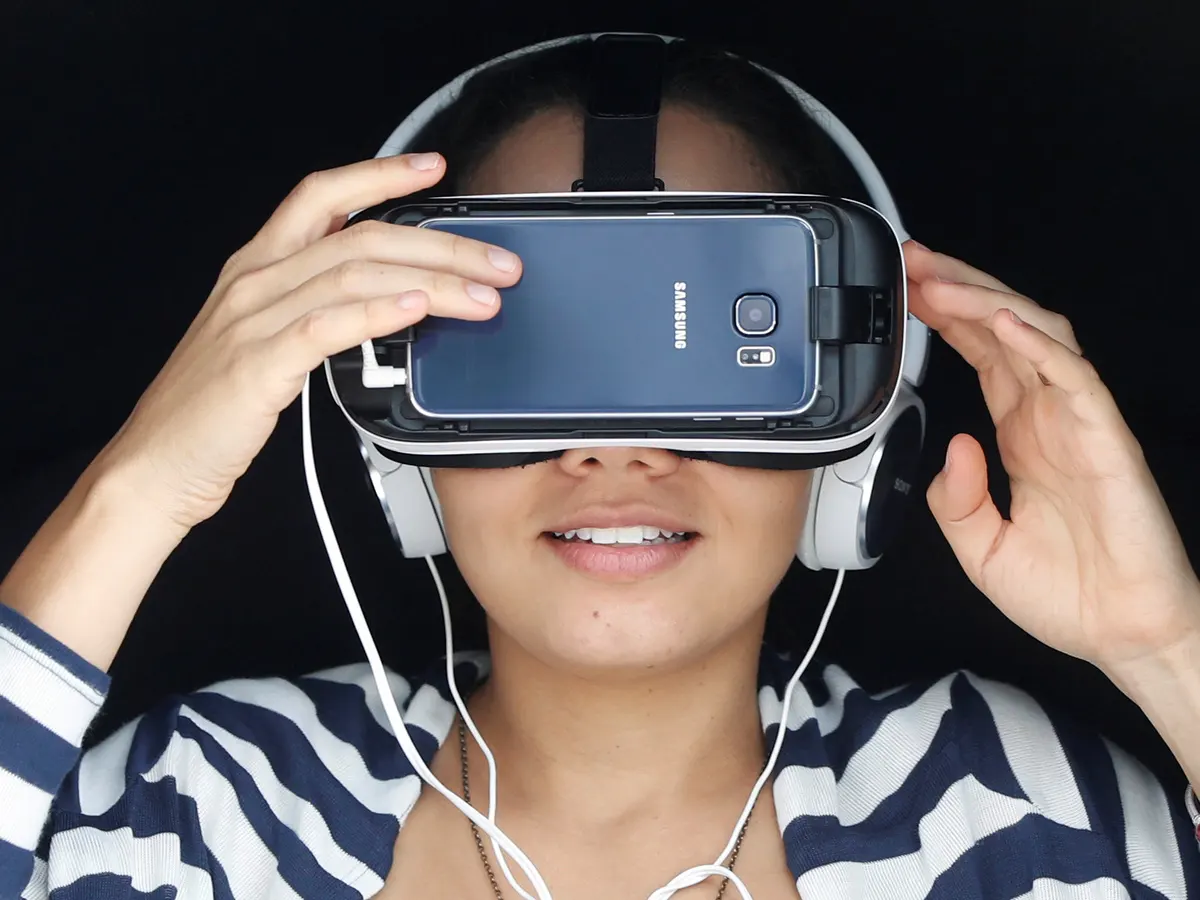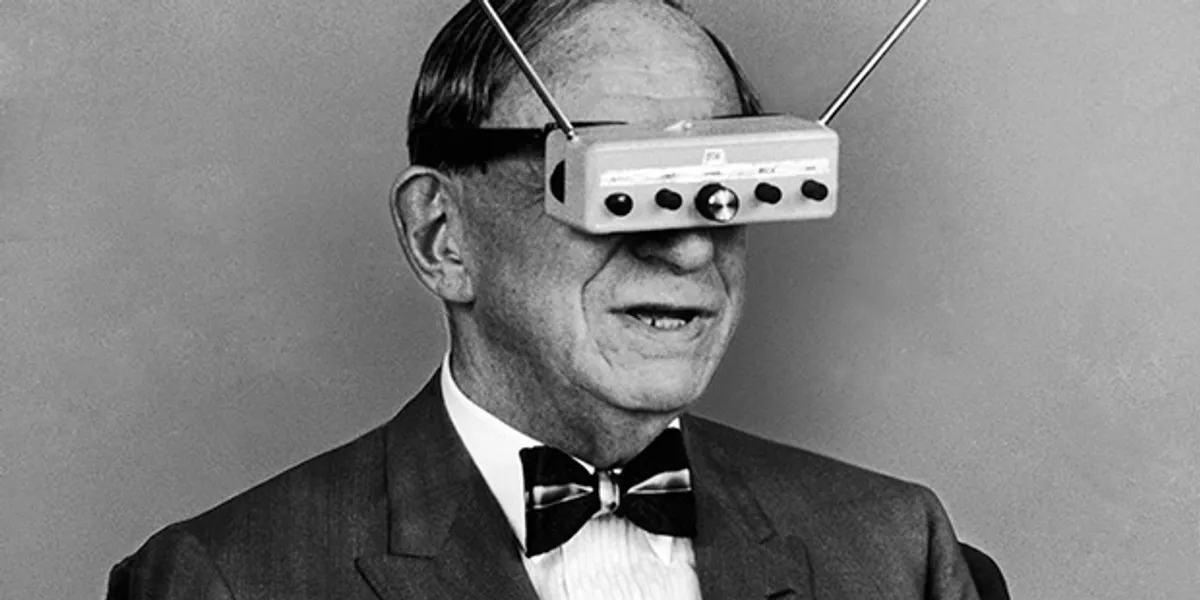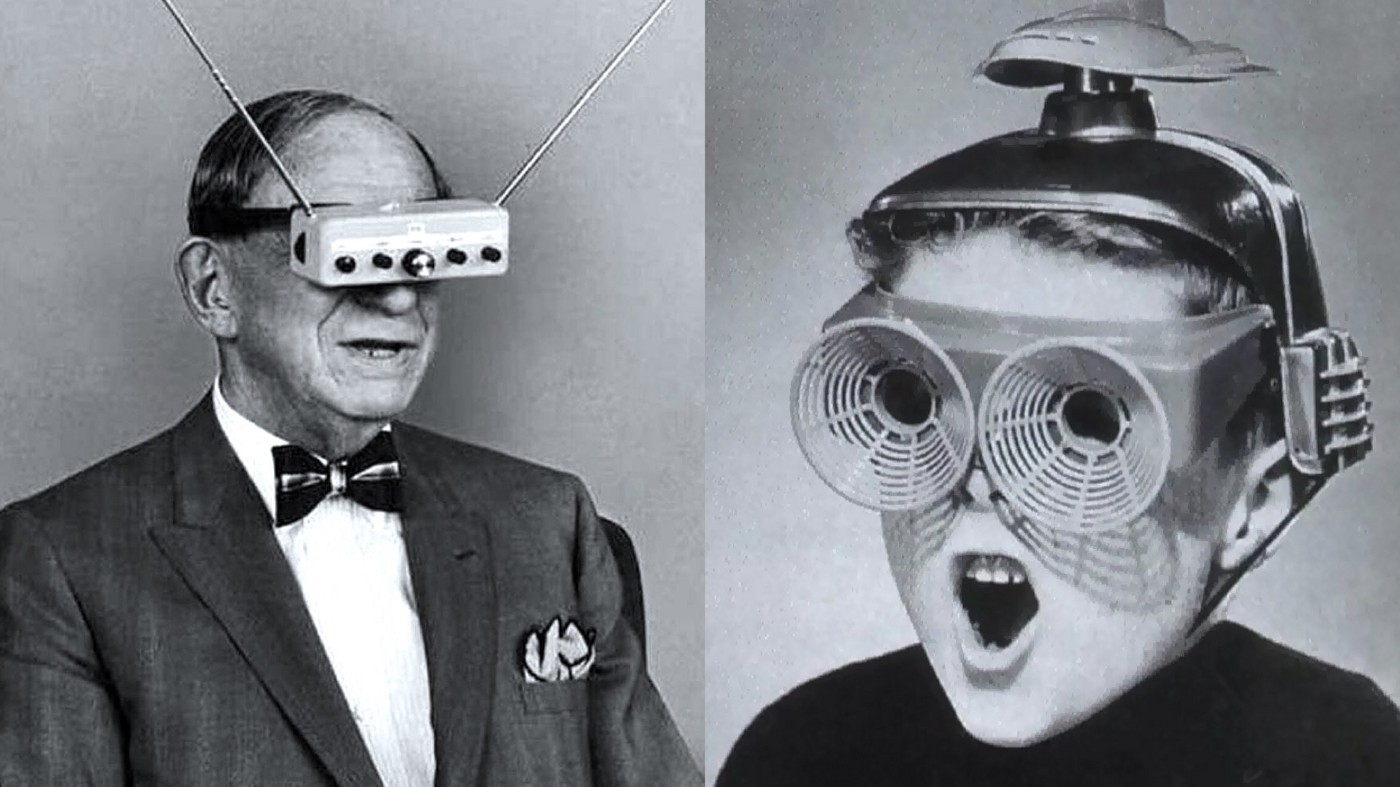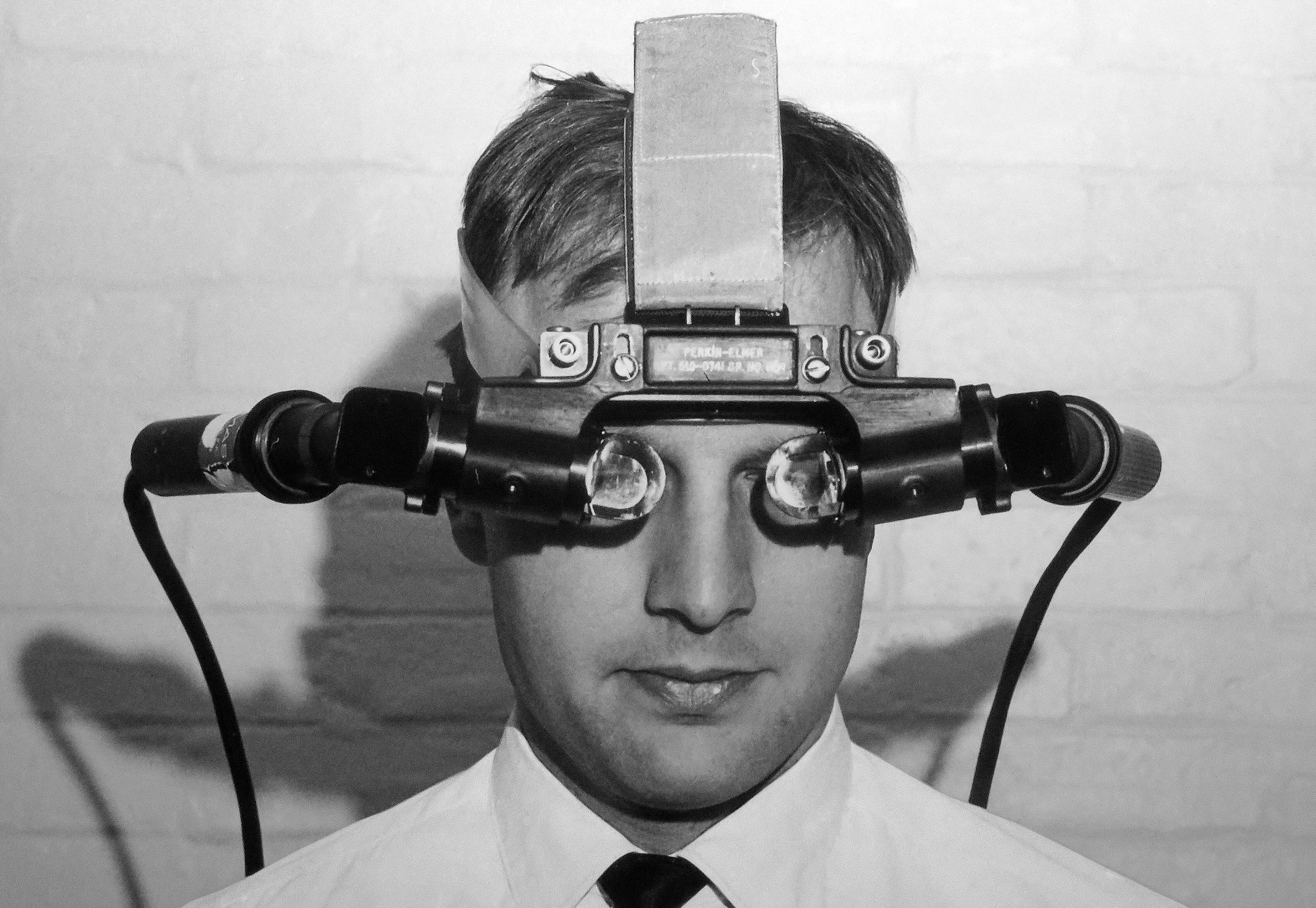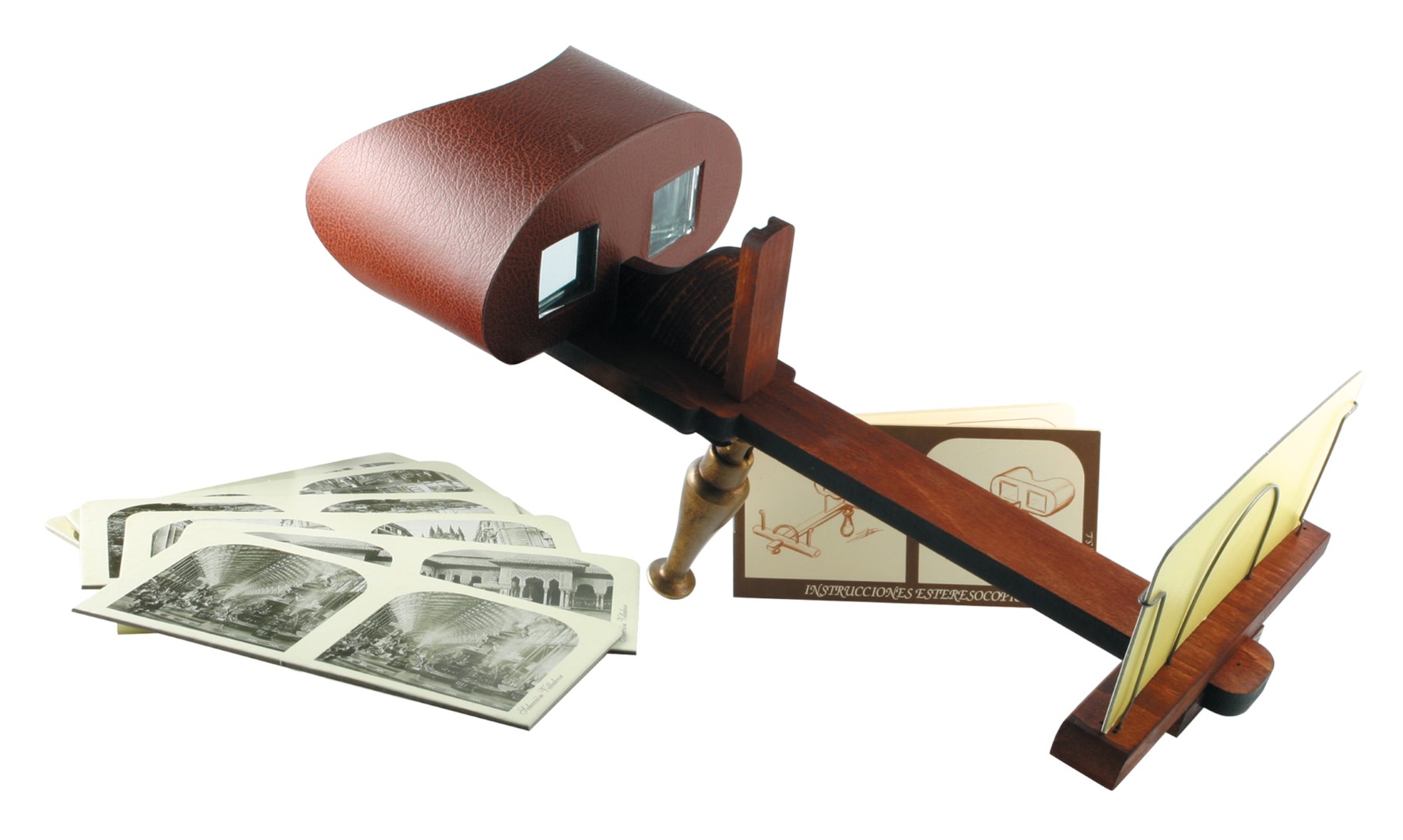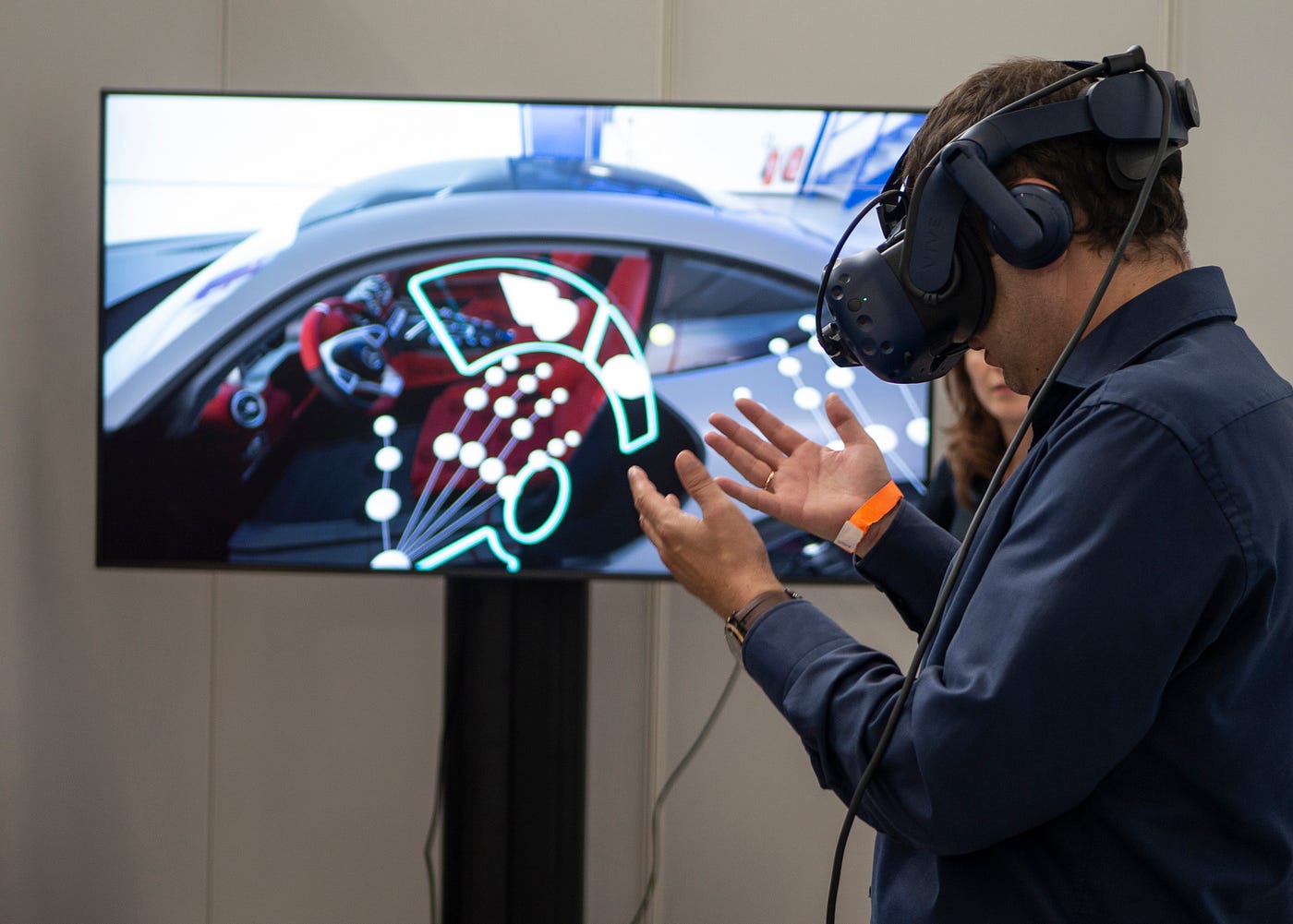Introduction
Virtual Reality (VR) technology has revolutionized the way we interact with digital environments, offering immersive experiences that transport users to alternate realities. The journey of VR headsets is a fascinating tale that spans decades, marked by innovation, technological breakthroughs, and a relentless pursuit of creating lifelike simulations. As we delve into the history and evolution of VR headsets, we gain a deeper appreciation for the ingenuity and creativity that have propelled this groundbreaking technology to the forefront of modern innovation.
The inception of VR headsets can be traced back to the ambitious vision of creating a simulated reality that engages multiple senses, blurring the line between the physical and digital realms. This aspiration has fueled the development of VR headsets, propelling them from rudimentary prototypes to sophisticated devices that captivate users with their immersive capabilities.
Embarking on this journey through time, we will explore the early beginnings of VR technology, the pioneering inventions that laid the foundation for modern VR headsets, and the transformative impact of this technology across diverse industries. Furthermore, we will peer into the future of VR headsets, envisioning the possibilities that await as this technology continues to evolve and redefine our perception of reality.
Join us as we embark on a captivating exploration of the invention, evolution, and influence of VR headsets, uncovering the remarkable story behind this transformative technology.
The Early Beginnings of VR Technology
The roots of virtual reality (VR) technology can be traced back to the mid-20th century, when pioneering inventors and visionaries began conceptualizing the idea of creating immersive digital experiences. One of the earliest precursors to modern VR was the "Sensorama" machine, developed by filmmaker Morton Heilig in the 1950s. This groundbreaking device aimed to stimulate multiple senses simultaneously, incorporating stereoscopic 3D visuals, stereo sound, and even aromatic experiences to transport users to virtual worlds. While the Sensorama was ahead of its time, it laid the groundwork for the future development of immersive technologies.
In the 1960s, computer scientist Ivan Sutherland introduced the "Ultimate Display," a concept that envisioned a virtual world generated by a computer and presented to the user through a head-mounted display. This concept marked a pivotal moment in the evolution of VR, setting the stage for further exploration and innovation in the field.
The 1980s witnessed significant advancements in VR technology, with the introduction of the "Sword of Damocles," a head-mounted display system developed by Sutherland and his student, Bob Sproull. This pioneering device, though cumbersome and tethered to a large computer, showcased the potential for creating immersive visual experiences through computer-generated graphics.
Furthermore, the term "virtual reality" was coined by Jaron Lanier in the 1980s, reflecting the growing momentum and interest in creating simulated environments that could be interacted with and explored in a lifelike manner. This era marked a turning point in the conceptualization and development of VR technology, igniting a wave of experimentation and innovation that would shape the future of immersive experiences.
As the groundwork for VR technology continued to evolve, the 1990s saw the emergence of consumer-grade VR headsets, such as the "Sega VR" and "Virtuality," which aimed to bring immersive gaming experiences to a broader audience. While these early attempts at commercializing VR faced technical limitations and market challenges, they paved the way for subsequent advancements and laid the foundation for the modern era of VR headsets.
The early beginnings of VR technology laid a solid foundation for the subsequent evolution of immersive experiences, setting the stage for the development of increasingly sophisticated and accessible VR headsets. This period of exploration and experimentation sowed the seeds for the transformative impact that VR technology would have on diverse industries, propelling it into the forefront of modern innovation.
The First VR Headset Inventions
The inception of virtual reality (VR) headsets can be attributed to the visionary efforts of pioneering inventors and innovators who sought to create immersive digital experiences that transcended the confines of traditional media. One of the earliest milestones in the development of VR headsets can be traced back to the 1960s, when computer scientist Ivan Sutherland introduced the concept of the "Ultimate Display." This visionary concept envisioned a virtual world generated by a computer and presented to the user through a head-mounted display, laying the groundwork for future advancements in immersive technologies.
Building upon this conceptual framework, the 1980s witnessed a significant leap forward with the development of the "Sword of Damocles," a head-mounted display system created by Sutherland and his student, Bob Sproull. Although the device was cumbersome and tethered to a large computer, it represented a groundbreaking advancement in the realm of VR technology. The Sword of Damocles showcased the potential for creating immersive visual experiences through computer-generated graphics, marking a pivotal moment in the evolution of VR headsets.
Furthermore, the 1980s saw the emergence of the term "virtual reality," coined by Jaron Lanier, reflecting the burgeoning interest in creating simulated environments that could be interacted with and explored in a lifelike manner. This period of innovation and experimentation laid the groundwork for the development of the first consumer-grade VR headsets in the 1990s, such as the "Sega VR" and "Virtuality." These early attempts at commercializing VR technology aimed to bring immersive gaming experiences to a broader audience, despite facing technical limitations and market challenges.
The "Sega VR" and "Virtuality" headsets represented pioneering efforts to introduce consumers to the immersive potential of VR technology, offering glimpses of the transformative experiences that could be achieved through simulated environments. While these early VR headsets faced obstacles and were not widely adopted, they played a crucial role in laying the foundation for future advancements in the field of virtual reality.
The first VR headset inventions marked a pivotal chapter in the evolution of immersive technologies, setting the stage for the development of increasingly sophisticated and accessible VR headsets that would redefine the way we interact with digital environments. These early milestones paved the way for the remarkable advancements and innovations that have propelled VR headsets to the forefront of modern technology, shaping the future of immersive experiences across diverse industries.
The Evolution of VR Headsets
The evolution of virtual reality (VR) headsets has been a testament to the relentless pursuit of creating immersive experiences that blur the boundaries between the physical and digital worlds. From the conceptualization of early prototypes to the development of cutting-edge devices, the journey of VR headsets has been marked by remarkable advancements and transformative innovations.
In the early stages of VR headset development, the technology was characterized by cumbersome designs and technical limitations. However, as computing power and display technologies advanced, VR headsets underwent a dramatic transformation, evolving into sleek and sophisticated devices that deliver captivating immersive experiences.
The pivotal turning point in the evolution of VR headsets came with the introduction of the Oculus Rift in 2016. This groundbreaking device, developed by Oculus VR, redefined the landscape of virtual reality by offering high-fidelity visuals, precise motion tracking, and an expansive library of immersive content. The Oculus Rift set a new standard for VR headsets, captivating users with its ability to transport them to intricately detailed virtual worlds.
Following the success of the Oculus Rift, other major players in the tech industry, including HTC and Sony, entered the VR market with their respective headsets, namely the HTC Vive and the PlayStation VR. These devices further propelled the evolution of VR headsets, introducing advanced motion controllers, room-scale tracking, and seamless integration with gaming consoles, expanding the accessibility and appeal of VR technology.
In recent years, the development of standalone VR headsets, such as the Oculus Quest and the HTC Vive Focus, has revolutionized the way users engage with VR experiences. These wireless, all-in-one devices offer unprecedented freedom of movement and accessibility, eliminating the need for external sensors or a tethered connection to a computer. The evolution of standalone VR headsets has ushered in a new era of convenience and portability, making immersive VR experiences more accessible to a broader audience.
Furthermore, the integration of augmented reality (AR) and mixed reality (MR) capabilities into VR headsets has blurred the lines between virtual and physical environments, opening up new frontiers for interactive experiences. Devices like the Microsoft HoloLens exemplify this convergence, offering users the ability to overlay digital content onto the real world, creating seamless and immersive mixed reality experiences.
As the evolution of VR headsets continues, ongoing advancements in display technology, haptic feedback, and spatial audio promise to further enhance the immersive capabilities of these devices. The relentless innovation in the VR industry underscores the boundless potential of VR headsets to redefine entertainment, education, training, and various other applications, shaping the future of digital experiences.
The evolution of VR headsets stands as a testament to the remarkable progress and innovation that have propelled this transformative technology to the forefront of modern entertainment and interaction. As VR headsets continue to evolve, they hold the promise of unlocking new dimensions of immersive experiences, enriching our lives in ways that were once only imaginable in the realm of science fiction.
The Impact of VR Headsets on Various Industries
The influence of virtual reality (VR) headsets extends far beyond the realm of entertainment, permeating diverse industries and reshaping the way businesses engage with customers, train employees, and innovate in their respective fields. The transformative potential of VR technology has sparked a wave of innovation, driving significant advancements across various sectors and revolutionizing traditional approaches to communication, education, healthcare, and beyond.
In the realm of healthcare, VR headsets have emerged as a powerful tool for medical training, patient therapy, and surgical simulations. Medical professionals can utilize VR simulations to practice complex procedures in a risk-free environment, honing their skills and enhancing patient safety. Similarly, VR-based therapy has shown promising results in treating phobias, post-traumatic stress disorder (PTSD), and chronic pain, offering patients immersive experiences that aid in their recovery and rehabilitation.
The impact of VR headsets is also evident in the field of education, where they have redefined learning experiences by providing students with interactive and immersive educational content. From virtual field trips to historical landmarks to immersive science simulations, VR technology has enriched classroom learning, fostering deeper engagement and understanding among students. Furthermore, VR-based training programs have proven invaluable in preparing students for real-world scenarios, offering hands-on experiences in a virtual environment.
In the realm of architecture and design, VR headsets have revolutionized the process of visualizing and presenting architectural projects. Designers and clients can immerse themselves in virtual models of buildings and spaces, gaining a realistic sense of scale, proportion, and spatial relationships. This immersive approach has streamlined the design review process, enabling stakeholders to make informed decisions and visualize concepts in a compelling and interactive manner.
Moreover, the impact of VR headsets extends to the realm of retail and marketing, where businesses leverage immersive experiences to showcase products, engage customers, and create memorable brand interactions. Virtual showrooms and interactive product demonstrations enable consumers to explore and interact with merchandise in a lifelike environment, enhancing their purchasing experience and driving brand engagement. Additionally, VR-based marketing campaigns have captivated audiences with immersive storytelling and experiential content, leaving a lasting impression on consumers.
In the realm of entertainment, VR headsets have ushered in a new era of immersive gaming experiences, offering players unprecedented levels of immersion and interactivity. The ability to step into virtual worlds and interact with environments and characters has redefined the gaming landscape, captivating audiences with immersive storytelling and interactive gameplay.
The impact of VR headsets on various industries underscores the transformative potential of this technology to revolutionize the way we work, learn, communicate, and interact with the world around us. As VR technology continues to evolve, its influence is poised to expand further, unlocking new possibilities and reshaping the future of countless industries.
The Future of VR Headsets
The future of virtual reality (VR) headsets holds boundless potential, poised to redefine the way we perceive and interact with digital environments. As technological innovation continues to accelerate, the trajectory of VR headsets points towards a convergence of enhanced capabilities, expanded accessibility, and seamless integration across diverse applications.
One of the most anticipated advancements in the future of VR headsets revolves around the refinement of display technology. The pursuit of higher resolutions, wider field-of-view, and improved refresh rates aims to deliver unparalleled visual fidelity, elevating the immersive experience to new heights. Additionally, advancements in display materials and optics hold the promise of creating lightweight, high-performance lenses that enhance visual clarity and comfort for extended usage.
Moreover, the integration of haptic feedback and sensory stimulation is poised to enrich the immersive experience offered by VR headsets. By incorporating advanced haptic technologies that simulate tactile sensations and spatial audio systems that create immersive soundscapes, future VR headsets will engage multiple senses, further blurring the line between the physical and digital worlds.
The evolution of VR headsets is also expected to embrace enhanced mobility and untethered experiences. The development of lightweight, standalone VR headsets with advanced processing capabilities and onboard sensors will liberate users from external hardware constraints, enabling seamless, wireless interactions in virtual environments. This shift towards untethered VR experiences is set to democratize access to immersive content, making VR headsets more accessible to a broader audience.
Furthermore, the future of VR headsets is intertwined with the convergence of augmented reality (AR) and mixed reality (MR) functionalities. The seamless integration of AR overlays and mixed reality environments into VR headsets will unlock a spectrum of interactive experiences that blend digital and physical elements, offering diverse applications across entertainment, education, training, and beyond.
As VR headsets continue to evolve, the exploration of AI-driven interactions and adaptive environments holds the potential to create personalized, responsive experiences tailored to individual users. By leveraging AI algorithms to analyze user behavior and preferences, future VR headsets can dynamically adjust virtual environments, interactions, and content delivery, enhancing engagement and immersion.
In essence, the future of VR headsets is characterized by a convergence of technological advancements that promise to redefine the boundaries of immersive experiences. With ongoing innovation, the horizon of VR headsets is illuminated by the prospect of unlocking new dimensions of interaction, entertainment, and practical applications, shaping a future where the line between the real and virtual worlds becomes increasingly indistinguishable.







